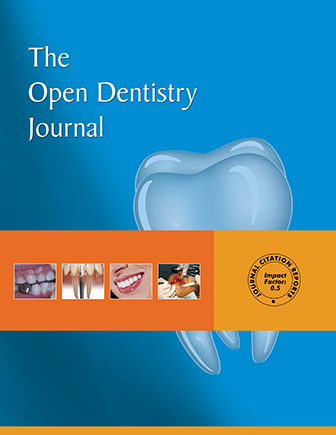Patient’s Satisfaction with Removable Partial Dentures: A Retrospective Case Series
Abstract
Material and Methods:
A total of 63 patients with RPDs, participated in this study. The following data was collected: Kennedy classification, denture design, denture support, satisfaction and success of RPD.
Result:
The results showed that 73.6% of patients were wearing RPD for the first time and were finally satisfied. According to the denture support of RPDs, clasp-retained quadrangular RPDs were 100% effective, followed by triangular dental support 81% and linear dental support 47.7%.
Comparison of RPDs with attachment with RPDs with claps assessed through Fisher exact test, confirmed statistically significant difference (P=0.008), despite retention; however, chewing ability and aesthetics showed no statistically significant difference with X 2 test on patient’s satisfaction with RPD with or without attachment.
Conclusion:
Patients often would prefer not showing the anterior buccal clasps of RPD, therefore are generally satisfied more with RPD with attachment based on level of retention, chewing ability and aesthetics.


